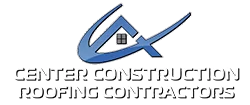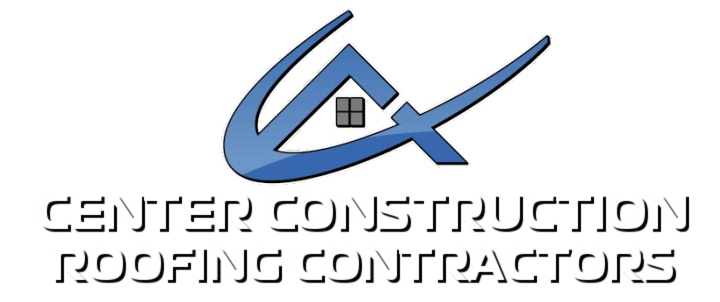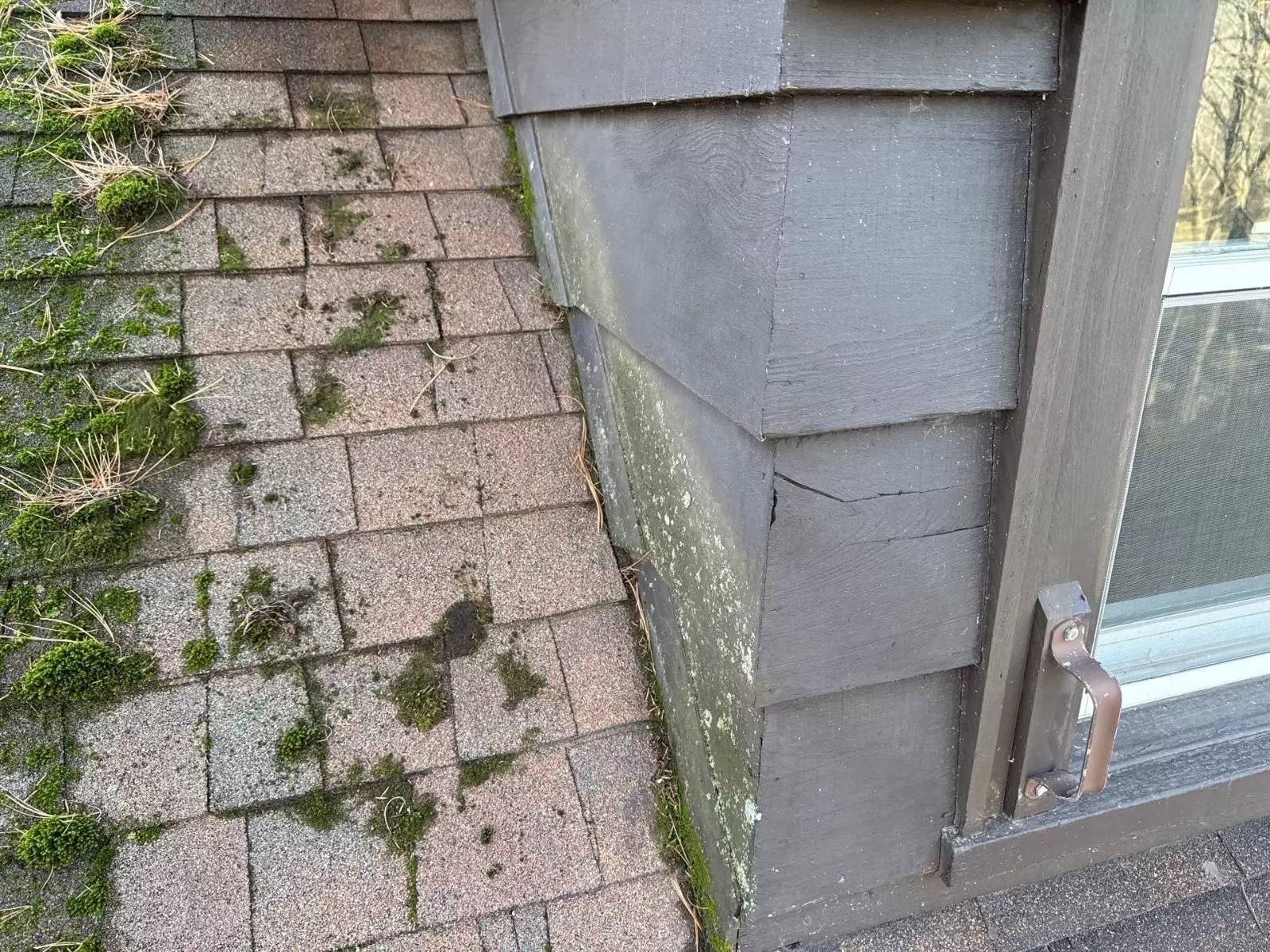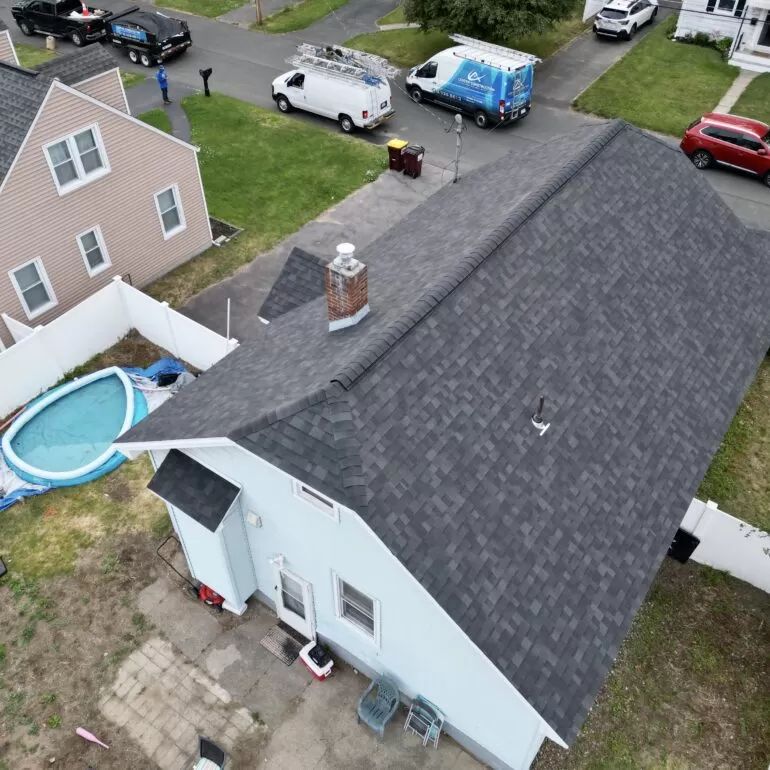When you spot that soft, green carpet spreading across your shingles, it might seem harmless or even charming. However, moss on roof surfaces represents a serious threat that homeowners often underestimate until significant damage occurs. That innocent-looking growth isn’t just a cosmetic issue—it’s actively compromising your roof’s structural integrity, shortening its lifespan, and potentially costing you thousands in repairs.
Many homeowners in Albany, NY, and surrounding areas face this challenge, especially given our region’s humid climate and frequent rainfall. That’s where professional intervention becomes critical. Center Construction LLC specializes in comprehensive roofing solutions, offering expert inspection, moss removal, and preventative services throughout the Albany region. With years of experience handling residential and commercial properties, their team understands the unique challenges local roofs face.
Understanding Why Moss Grows on Your Roof
Moss thrives in damp, shaded environments where moisture lingers. Your roof provides an ideal habitat when certain conditions align:
- Shaded areas beneath overhanging tree branches
- North-facing slopes that receive less direct sunlight
- Poor drainage allowing water to pool on roof surfaces
- Organic debris like leaves and pine needles that retain moisture
- High humidity levels common in regions like upstate New York
Unlike algae that simply stains your roof, moss is a non-vascular plant with root-like structures called rhizoids. These tiny anchors don’t just sit on the surface—they burrow beneath and between shingles, prying them apart as the moss expands. This biological invasion creates openings for water infiltration and accelerates deterioration in ways most homeowners never realize until the damage becomes visible inside their homes.
The Hidden Dangers: How Moss Destroys Your Roof
Lifting and Displacing Shingles
The most immediate danger comes from moss’s growth pattern. As it spreads, moss literally lifts shingles from their proper position. The plant’s rhizoids wedge themselves underneath roofing materials, creating gaps that expose the underlayment to the elements. Once shingles lose their seal, they become vulnerable to wind damage and can easily blow off during storms—leaving your roof deck completely exposed.
Moisture Retention and Water Damage
Moss acts like a sponge, holding moisture against your roof for extended periods. This constant dampness prevents proper drying cycles and creates the perfect environment for:
- Wood rot in roof decking and structural supports
- Mold and mildew growth that spreads to attic spaces
- Ice dam formation during winter months
- Deterioration of shingle adhesives and sealants
If you’re concerned about water damage affecting your commercial property, professional commercial roofing services can provide comprehensive assessments and solutions designed for larger structures.
💡 Expert Tip: Early Detection Saves Thousands
Don’t wait for visible interior damage to address moss growth. Schedule biannual roof inspections—once in spring and again in fall. Professional roofers can spot early moss development and remove it before it causes structural damage. Early intervention through routine inspections and cleaning can prevent costly roof replacement down the line. Look for moss during your seasonal gutter cleaning, as its presence often indicates drainage issues that need addressing.
Shortened Roof Lifespan
Standard asphalt shingles typically last 20-25 years under normal conditions. However, moss growth can reduce that lifespan by 40-50%, forcing premature replacement. The constant moisture and physical displacement accelerate granule loss—those protective mineral particles on shingle surfaces that shield against UV damage and weathering. Without this protective layer, shingles become brittle, crack more easily, and fail long before their expected service life.
For homes with asphalt shingles services needs, professional maintenance plans can extend roof longevity significantly by addressing moss before it becomes destructive.
Energy Efficiency Losses
Many homeowners overlook this consequence: moss-covered roofs retain significantly more moisture, which reduces insulation effectiveness. This moisture barrier prevents your attic insulation from regulating temperature properly, forcing HVAC systems to work harder. The result? Higher energy bills year-round as your heating and cooling systems compensate for compromised thermal barriers.
Comparing Moss Damage Across Different Roofing Materials
Understanding your specific roofing material’s vulnerability helps you prioritize maintenance. For instance, properties with composite shingles services requirements benefit from algae-resistant products that naturally discourage moss growth.
The Financial Impact: What Moss Really Costs You
While moss removal itself is relatively affordable, the cascading consequences create substantial financial burdens. Homeowners dealing with advanced moss damage typically face:
Immediate Repair Costs:
- Shingle replacement in affected sections
- Underlayment repair or replacement
- Flashing reinstallation around penetrations
- Gutter cleaning and repair from debris
Long-Term Financial Consequences:
- Premature full roof replacement (10+ years early)
- Interior damage from water leaks (ceiling, insulation, framing)
- Mold remediation in attic and living spaces
- Increased homeowner’s insurance premiums
- Reduced property value and curb appeal
When moss on roof surfaces goes untreated, what starts as a minor aesthetic concern transforms into a significant investment drain. Professional evaluation and treatment become increasingly cost-effective compared to deferred maintenance consequences.
For specialized roofing systems, such as TPO flat roofs or EPDM rubber roofing, regular professional maintenance prevents moss-related pooling and membrane degradation issues.
Prevention Strategies That Actually Work
Keep Trees Trimmed and Branches Clear
Overhanging branches create persistent shade and drop organic debris—both major moss contributors. Maintain at least 6-10 feet of clearance between branches and your roof surface. This improves sunlight exposure and air circulation while reducing the leaf litter that feeds moss growth.
Install Zinc or Copper Strips
Metal strips installed near roof ridges release ions during rainfall that naturally inhibit moss, algae, and lichen growth. These strips provide years of protection without harsh chemicals and work particularly well on residential roofing service applications.
Improve Roof Drainage and Ventilation
Address any areas where water pools or drains slowly. Proper attic ventilation reduces moisture buildup that contributes to moss-friendly conditions. Ensure:
- Ridge vents and soffit vents function properly
- Gutters drain freely without blockages
- Downspouts direct water away from foundation
- Roof pitch allows adequate water runoff
Schedule Professional Cleanings
Annual or biannual professional cleanings remove moss before it establishes destructive root systems. Professionals use appropriate techniques and treatments that eliminate moss without damaging roofing materials—something DIY approaches often compromise.
Myth vs. Fact: Moss on Your Roof
❌ MYTH: Pressure washing safely removes moss
FACT: High-pressure washing damages shingles by removing protective granules, breaking adhesive seals, and forcing water underneath materials. Professional low-pressure treatments with appropriate solutions effectively eliminate moss without compromising roof integrity.
❌ MYTH: Moss only affects old roofs
FACT: Moss growth depends on environmental conditions, not roof age. New roofs in shaded, humid locations can develop moss within 2-3 years. Even recently installed roofing materials require preventative measures in susceptible areas.
❌ MYTH: Metal roofs never get moss
FACT: While standing seam metal roofs resist moss better than other materials, they’re not immune. Moss can still grow on metal roofs with poor drainage, accumulated debris, or rough surface textures. Regular maintenance remains essential regardless of material.
❌ MYTH: Bleach is the best DIY moss killer
FACT: Bleach kills moss temporarily but damages plants, corrodes metal components, and discolors roofing materials. Professional-grade treatments target moss specifically without harming surrounding landscaping or roofing systems, providing longer-lasting results.
Signs You Need Professional Moss Removal Immediately
Don’t wait for obvious disaster signals. Contact roofing professionals when you notice:
- Visible moss patches covering more than 10% of roof surface
- Lifted or curling shingles in moss-affected areas
- Granule accumulation in gutters and downspouts
- Dark streaks or staining indicating algae growth alongside moss
- Interior water stains on ceilings or walls
- Musty odors in attic spaces suggesting moisture problems
- Increased energy costs without other explanation
Early intervention dramatically reduces repair scope and costs. Professional assessment identifies not just visible moss but underlying damage and contributing factors that DIY approaches miss entirely.
Why Professional Removal Beats DIY Approaches
While homeowners can purchase moss-killing products at hardware stores, professional removal offers distinct advantages:
Safety Considerations: Roof work presents serious fall risks. Professionals have appropriate safety equipment, training, and insurance coverage. They understand how to navigate different roof types without causing damage or injury.
Proper Treatment Methods: Contractors use commercial-grade solutions that eliminate moss at the root level without harming roofing materials. They understand application timing, dilution rates, and treatment intervals that maximize effectiveness.
Comprehensive Assessment: Beyond removing visible moss, professionals identify and address underlying issues: inadequate ventilation, drainage problems, structural weaknesses, and early damage signs. This comprehensive approach prevents recurrence and extends roof lifespan.
Warranty Protection: Many roofing warranties require professional maintenance to remain valid. DIY treatments or improper cleaning methods can void manufacturer guarantees, leaving you financially exposed.
Protect Your Investment With Expert Roofing Care
Moss on roof surfaces represents far more than a cosmetic nuisance—it’s an active threat to your home’s structural integrity, energy efficiency, and financial value. The longer moss remains, the more extensive and expensive the damage becomes. What starts as minor growth can quickly escalate into complete roof replacement needs, interior damage, and health concerns from mold exposure.
The good news? Addressing moss proactively keeps your roof healthy and maximizes its service life. Regular professional inspections catch problems early when solutions remain simple and affordable. Proper maintenance protects your investment and provides peace of mind knowing your home stays secure through every season.
Don’t Let Moss Destroy Your Roof
Protect your home with expert moss removal and comprehensive roofing services from Center Construction LLC. Serving Albany, NY, and surrounding areas with professional inspection, treatment, and preventative solutions.
Available for residential and commercial properties throughout the Albany region
Frequently Asked Questions
Q: How quickly does moss damage a roof?
A: Moss can begin causing damage within 6-12 months of establishment. The rhizoids start lifting shingles almost immediately, though visible damage may take 1-2 years to become apparent. In humid climates like Albany’s, moss spreads rapidly—often doubling its coverage area each season. Early removal prevents escalation, which is why annual inspections prove so valuable for catching growth before extensive damage occurs.
Q: Can I remove moss from my roof myself?
A: While physically possible, DIY moss removal carries significant risks. Improper techniques damage shingles, void warranties, and create safety hazards. Homeowners often use excessive pressure, harsh chemicals, or incorrect timing that worsens problems. Professional removal costs less than repairing DIY damage. If you choose to attempt it, never use pressure washers, always use proper fall protection, and research appropriate moss-killing solutions for your specific roofing material. However, professional service remains the safer, more effective choice.
Q: Will moss return after professional removal?
A: Moss can return if environmental conditions remain favorable, but professional treatments significantly extend moss-free periods. Most professional services include preventative treatments that inhibit regrowth for 2-5 years depending on your location and roof characteristics. Combining removal with preventative measures like zinc strips, improved drainage, and tree trimming creates long-term protection. Regular maintenance appointments ensure moss never reestablishes destructive root systems.
Q: Does homeowner’s insurance cover moss damage?
A: Most standard homeowner’s policies exclude damage from lack of maintenance, which includes moss removal. Insurance typically covers sudden, accidental damage but not gradual deterioration from neglect. However, if moss causes a covered event—like water damage from a resulting leak during a storm—portions may be covered. Document regular maintenance and keep receipts from professional services to demonstrate reasonable care. Some insurers offer premium discounts for documented roof maintenance programs.






